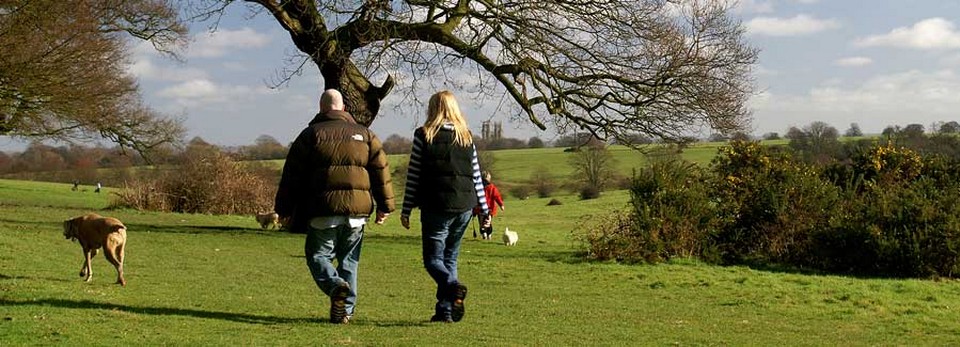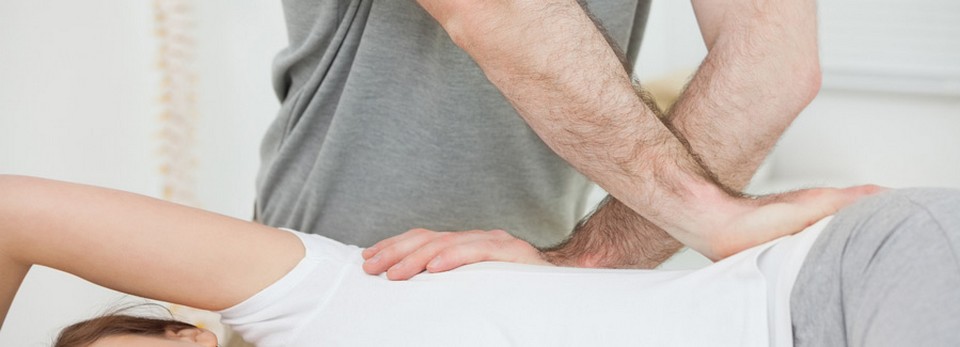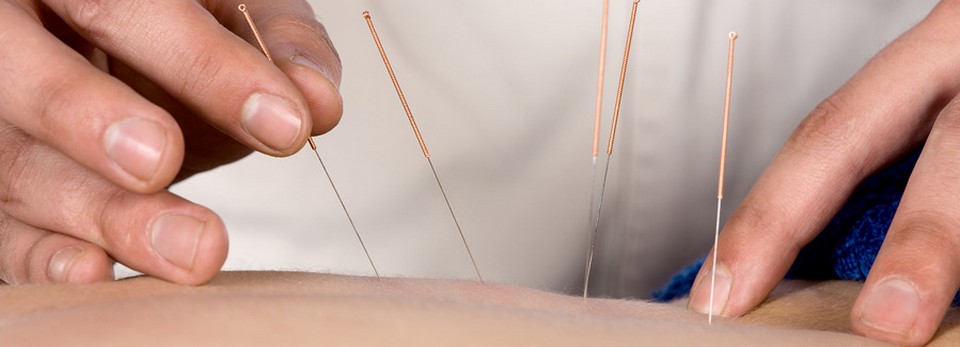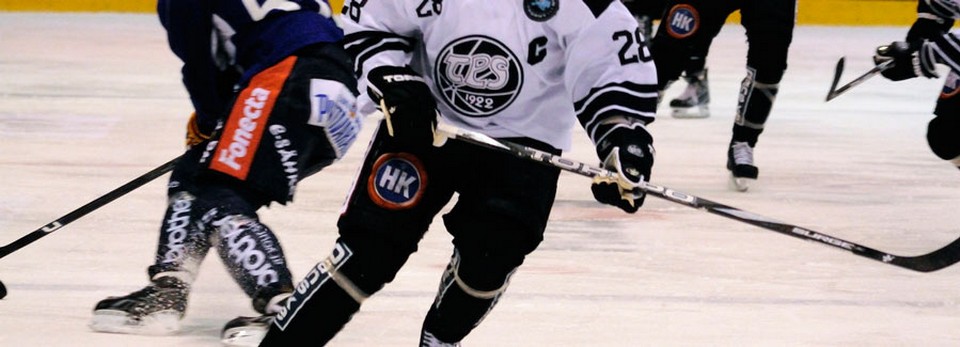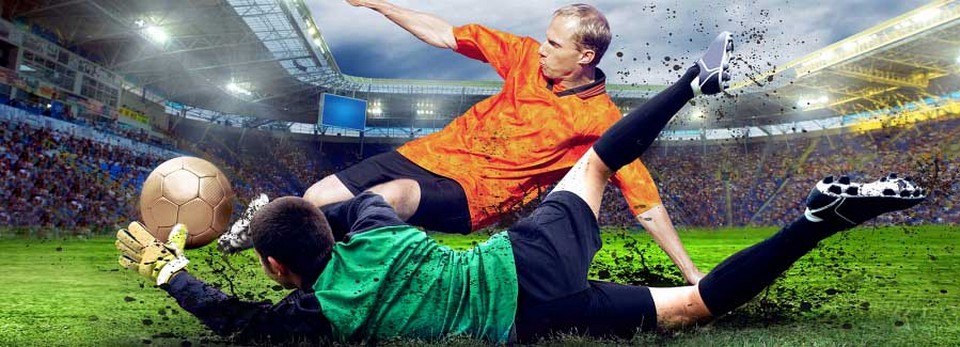Physiotherapy in Lower Sackville for Hand
Q: I just had the most amazing experience. After suffering from carpal tunnel syndrome for three years, I saw a hand therapist who put my arm and hand through a series of positions and movements. It hurt while she was doing it but today, I am completely pain free for the first time. Can you explain how this treatment works?
A: You may have to ask the physiotherapist that question since we don't know exactly what kind of treatment you had. It sounds like possibly a treatment method called neurodynamic technique (NDT). Neurodynamics is the study of how the nervous system slides and glides as we move. Nerves such as the median nerve involved in carpal tunnel syndrome can become pinched, obstructed, or bound down by scar tissue, swelling, or other soft tissues surrounding the nerve.
The neurodynamic technique is a way of restoring the free flowing movement of nerve tissue as the joint moves. Treating carpal tunnel syndrome with the neurodynamic approach requires the therapist to understand the anatomy of the median nerve. Before applying the technique, the therapist conducts an examination of the median nerve including palpation and movement of the nerve. Tests are also performed to see if the nerve is involved, blocked, or obstructed in any way.
Altered nervous system movement is restored through a series of joint and limb positions and movements referred to as neurodynamic technique (NDT). For the neurodynamic technique, the patient may bend his or her head away from the side the therapist was mobilizing. The shoulder is pressed down by the therapist. The arm is lifted up away from the side, the forearm was turned up in a movement called supination (palm up as if asking for a bowl of soup).
The physiotherapist keeps the downward pressure on the shoulder while moving the arm through a specific pattern of passive elbow, wrist, and hand motion. The purpose of these specific movements is to position the upper extremity in such a way that movement of the joints stresses the targeted nerve pushing it along its intended pathway.
At least that's what we think is happening. A recent study from the University of Florida may have uncovered an interesting tidbit of information about this technique. It looks like the specific technique isn't what works after all -- it's the patient's expectations and response to treatment that makes a difference. How do they know that?
Well, they conducted a study involving 40 women with carpal tunnel syndrome. Everyone in the study was randomly assigned to one of two groups. The first group received this neurodynamic technique. The second (comparison) group received a very believable sham treatment. Patients in both groups completed a special survey that showed they were all expecting good results from whatever treatment they had.
Patients in both groups got better. There were no differences in outcomes. And measurements taken right after the treatment sessions showed a positive in-session response. Pain intensity decreased and they became less sensitive to pressure and temperature.
The authors of that particular study concluded that like many manual therapy hands on techniques, it's not the specific method used that works as much as the patient's response to being touched and their expectations of getting better as a result. The results of this study are consistent with other similar studies using a variety of different manual therapy techniques. This study shows that the success of the neurodynamic technique may not be related to movement of the nerve at all but more study is needed to better understand how and why neurodynamic technique works.
The bottom line for many patients is relieve from symptoms -- that is a very acceptable outcome no matter how it comes about!
Reference: Joel E. Bialosky, PT, PhD, et al. A Randomized Sham-Controlled Trial of Neurodynamic Technique in the Treatment of Carpal Tunnel Syndrome. In Journal of Orthopaedic & Sports Physiotherapy. October 2009. Vol. 39. No. 10. Pp. 709-723.
Bedford-Sackville Physiotherapy Clinic Inc. provides services for physiotherapy in Lower Sackville.


